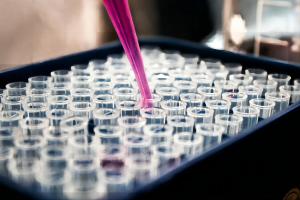Sodium cyclamate cyclamate

Chemical property
Sodium cyclamate, also known as sodium cyclamate, is a white needle shaped, flake shaped crystalline or crystalline powder. Odorless. The taste is sweet, and the sweetness of its dilute solution is about 30 times that of sucrose. 10% aqueous solution is neutral (pH 6.5) and stable to heat, light, and air. After heating, there is a slight bitterness. The decomposition temperature is about 280 ℃, and there is no banana saccharification reaction. Stable in acidic environments, slightly decomposed in alkaline conditions. Soluble in water (1g/5ml) and propylene glycol (1g/5ml), almost insoluble in ethanol, ether, benzene, and chloroform.
Purpose
It belongs to the category of non nutritional synthetic sweeteners, with a sweetness 30 times that of sucrose and a price only 3 times that of sucrose. Moreover, unlike saccharin, it does not have a bitter taste when used in slightly higher amounts. Therefore, as an internationally recognized food additive, it can be used in cool beverages, fruit juices, ice cream, pastries, and preserves. It can also be used for home flavoring, cooking, sauce dishes, cosmetics, syrup, icing, lozenges, toothpaste, mouthwash, lipstick, etc. It can be used to replace sugar in diabetes patients and obese people.
Usage
When used in a ratio of 1 to 500 with water, it has sufficient sweetness.
When used alone, the sweetness of sodium cyclamate is 10 grams, which is equivalent to 500 grams of sucrose (i.e. 50 times).
When used together with sucrose, the sweetness of sodium cyclamate can reach over 80 times.
When used together with sucrose and 0.3% weight organic acids (citric acid, etc.), the sweetness of sodium cyclamate can reach over 100 times.
When used together with sucrose, 0.3% organic acid by weight, and 10% saccharin by weight, the sweetness of sodium cyclamate can reach 150 times or more
